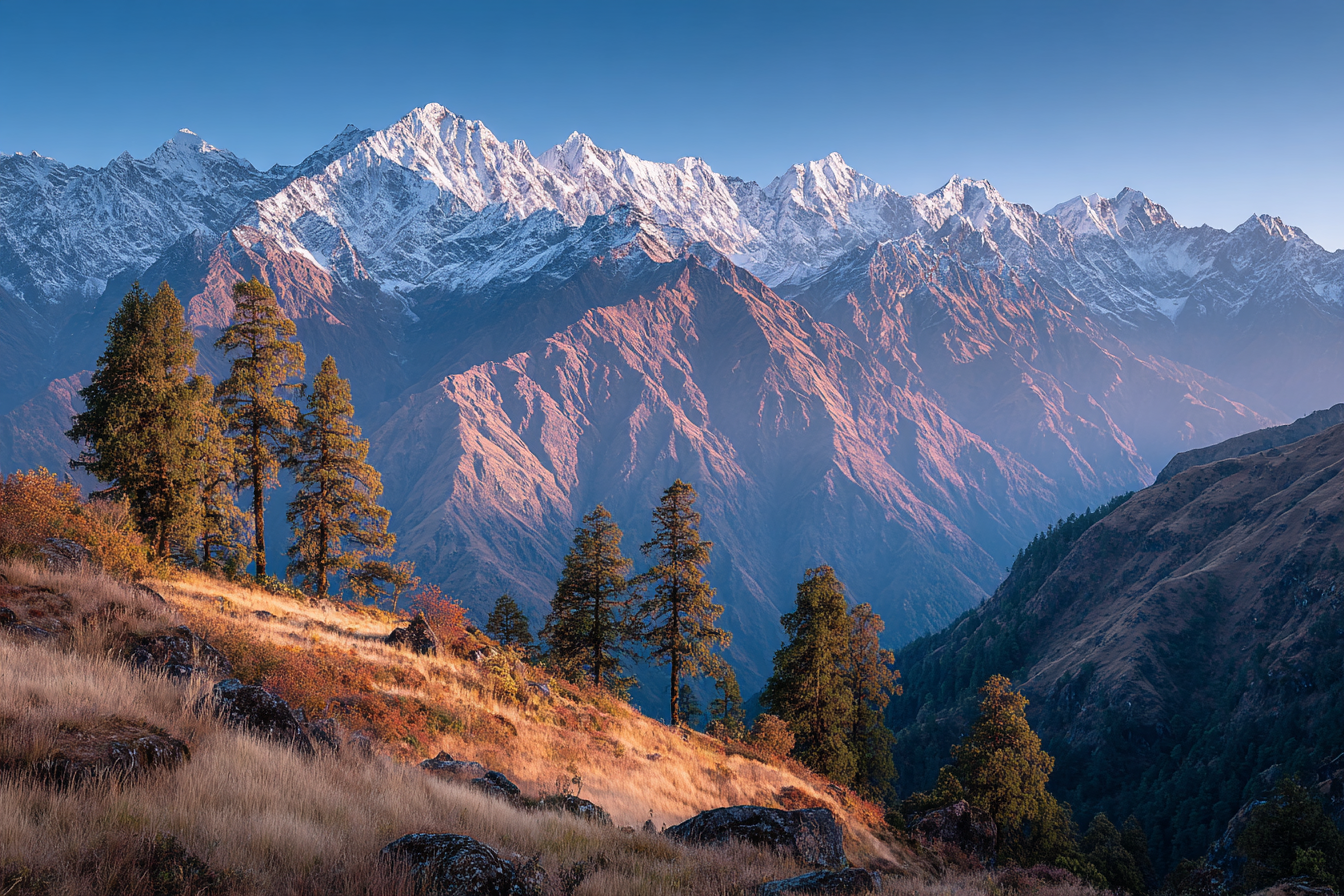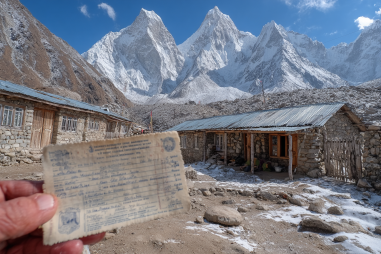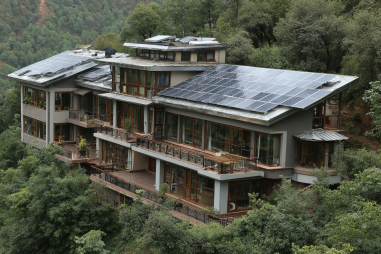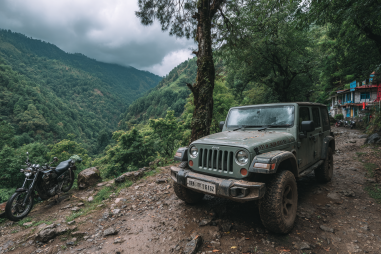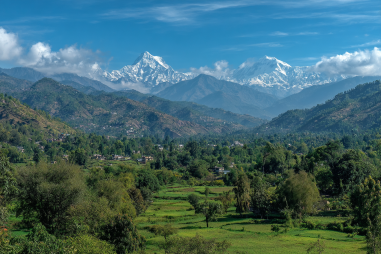Lukla, nestled in the heart of the Himalayas, serves not only as the gateway to the legendary Everest Base Camp trek but also as a photographer’s paradise. The region is blessed with awe-inspiring landscapes, rich local culture, and unique natural phenomena that create countless opportunities for stunning photography. Whether you’re a seasoned photographer or a casual traveler with a camera, Lukla offers a variety of magnificent spots to capture the essence of the Himalayas. In this article, we will explore the best Lukla photography spots, share useful tips for shooting in mountain conditions, and provide guidance on respectful photography practices to help you make the most of your photographic journey.
Top Vantage Points and Scenic Locations
When it comes to capturing the breathtaking beauty of the Himalayas around Lukla, choosing the right vantage points can make all the difference. Here are some of the top spots to consider:
- Lukla Airport: Famous for its dramatic runway perched on a mountainside, the airport provides an incredible backdrop of rugged peaks and offers the chance to catch small aircraft landing or taking off against the Himalayan skyline. Early morning or late afternoon flights offer dramatic lighting and fewer tourists.
- Phakding Village: Just a short trek from Lukla, Phakding offers serene views of the Dudh Koshi River and terraced fields, framed by majestic mountains. This is an excellent area to capture the interplay of nature and daily village life.
- Namche Bazaar Viewpoint: A bit further along the trekking route, this spot reveals panoramic vistas of colorful villages, lush forests, and towering snow-capped peaks like Thamserku and Kongde Ri. It’s perfect for capturing wide-angle shots and atmospheric landscapes.
- Tengboche Monastery: Overlooking the valley, this famous monastery provides both cultural and natural beauty. The view here includes prayer flags fluttering against the backdrop of the Himalayas, making for a spiritual and visually captivating photograph.
- Lukla Surrounding Trails: Various trails around Lukla offer secret or less trafficked lookout spots where you can capture peaceful natural scenes, rhododendron forests in bloom during spring, and often dramatic cloud inversions nestled in the valleys.
Tips for Shooting in Mountain Lighting
Mountain lighting can be both a blessing and a challenge for photographers. The high altitude and clear air present crisp, vibrant colors, but shadows can be deep and harsh. Here are some tips to optimize your mountain photography:
- Utilize Golden Hours: The best light appears during the early morning and late afternoon when the sun is low and casts warm, soft light on the peaks and valleys. This helps highlight textures and contours while avoiding the harsh midday sun.
- Beware of Harsh Shadows: Try to shoot with the sun at your side or behind you to reduce high-contrast shadows unless you are aiming for dramatic silhouette effects.
- Watch for Atmospheric Conditions: Mountains are known for suddenly shifting weather patterns. Clouds, fog, and mist can add mood and mystery to your shots, so be ready to adapt quickly.
- Use a Polarizing Filter: This will help reduce glare from snow, water, and leaves while enhancing sky contrast and color saturation in bright mountain conditions.
- Adjust White Balance Manually: Snow and blue skies can sometimes confuse the camera’s automatic settings. Set your white balance to “Daylight” or tweak it manually for natural colors.
Capturing Local Culture and Lifestyle
Lukla is home to the Sherpa community, whose vibrant culture adds another rich dimension to your photography. Beyond landscapes, dedicating time to capture the unique local life can fill your portfolio with soulful imagery.
- Portraits of Sherpa People: Respectful portraits showcasing traditional clothing, facial expressions, and everyday activities can tell compelling stories about the region’s inhabitants.
- Daily Life and Work: Document scenes such as farmers working in terraced fields, traders in the marketplace, children playing near homes, and monks engaged in prayer or rituals at monasteries.
- Festivals and Ceremonies: If your visit coincides with local festivals, you’ll find colorful processions, dances, and prayer ceremonies—providing vibrant photo opportunities and insight into cultural traditions.
- Local Architecture and Temples: Capture intricate details in timber buildings, prayer wheels, stupas, and Buddhist symbols that reflect the spiritual heritage of the area.
Always ask permission before photographing people closely and be patient and courteous to build trust.
Equipment Recommendations
Choosing the right gear is essential when traveling to Lukla and photographing the Himalayas. Here are some equipment suggestions:
- Camera: A DSLR or mirrorless camera with manual settings is ideal for flexibility. However, a high-quality compact camera or smartphone can also deliver good results if packed with essential apps and accessories.
- Lenses: Bring a versatile zoom lens (e.g., 24-70mm) to cover landscapes and portraits, and a wide-angle lens (e.g., 16-35mm) to capture expansive vistas. A telephoto lens (e.g., 70-200mm) is useful for distant peaks or candid shots.
- Tripod: A lightweight and sturdy tripod is invaluable for steady shots during low light conditions, long exposures, or panoramic stitching.
- Filters: A polarizer and neutral density (ND) filters help control reflections and exposure in challenging lighting.
- Extra Batteries and Memory Cards: Cold mountain climates can drain batteries faster, so carry extras along with sufficient storage space.
- Protective Gear: Use weather-sealed bags and camera covers to protect your equipment from dust, rain, and cold.
Best Times of Day for Photos
Timing can dramatically influence the quality of your photographs in the mountains:
- Sunrise: Early mornings bring soft, golden light that highlights peaks with warm hues. Mist and clouds often linger in valleys, adding layers of depth and mystique.
- Midday: While the light is harsh midday, this is the best time for shooting local culture and village life, as people are most active and shadows sharp enough to add contrast to scenes.
- Sunset: The golden hour before sunset creates rich colors across the snow-capped summits and valleys, perfect for dramatic landscapes and silhouettes.
- Blue Hour: Just before sunrise and after sunset, the soft blue light can produce atmospheric and serene images of the mountains, especially if stars are visible.
Conservation and Respectful Photography
Being responsible in your photographic adventures in Lukla means respecting both nature and the local culture. Here are some important guidelines:
- Ask Permission: Always request consent before photographing individuals, especially in cultural or religious contexts.
- Minimize Environmental Impact: Stick to trails and avoid disturbing flora, wildlife, or fragile ecosystems when seeking natural shots.
- Avoid Flash Photography: Flash can be disruptive and is often unwelcome in cultural or religious settings.
- Respect Privacy and Traditions: Some local ceremonies or private moments should not be photographed. Observe and follow local customs.
- Leave No Trace: Dispose of waste properly and encourage others to do the same to preserve the pristine mountain environment.
By practicing ethical photography, you contribute to the sustainable preservation of Lukla’s natural and cultural heritage.
Embracing the Spirit of Lukla Through Your Lens
Capturing Lukla’s Himalayan beauty is about more than just stunning landscapes—it’s about telling a story of place, people, and the powerful natural environment they inhabit. By exploring the best vantage points, understanding the special lighting conditions, engaging respectfully with local culture, and preparing the right equipment, you can create enduring images that inspire and connect.
Whether it’s the dramatic drop at Lukla airport, the colorful faces of Sherpa villagers, or the majestic snow-capped peaks glowing at sunrise, Lukla offers an extraordinary canvas for photographers seeking to capture the unparalleled essence of the Himalayas.

